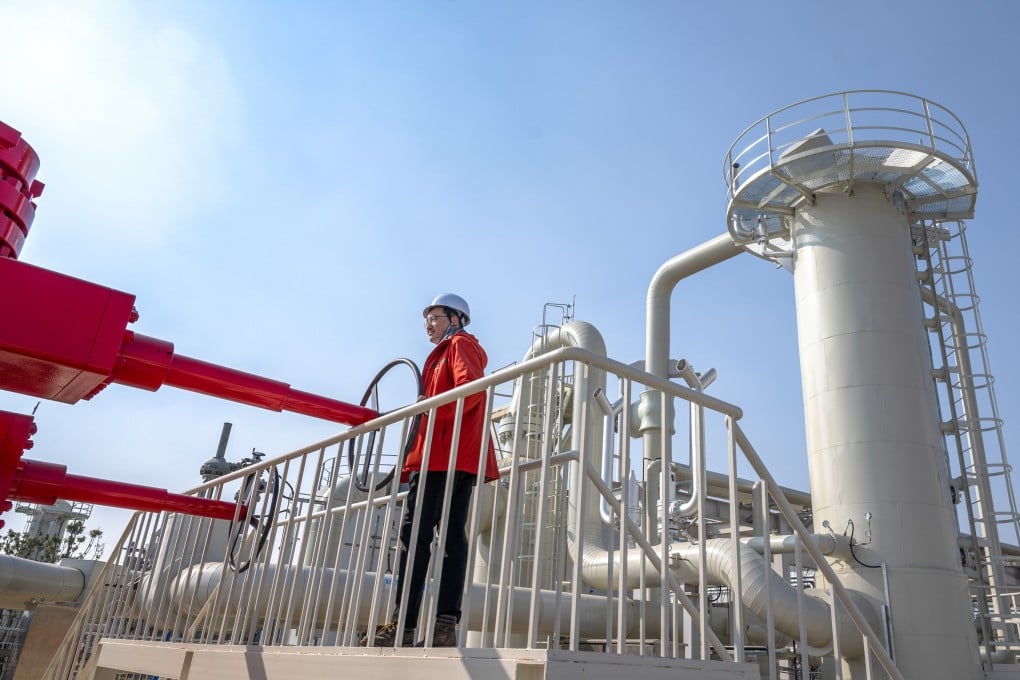Opinion | How battery storage development can wean China off fossil fuels
As China’s green transition faces external and domestic hurdles, a focus on energy storage capacity will help Beijing meet climate targets

Its 180GW of utility-scale solar and 159GW of wind power under construction last year was nearly twice as much as the rest of the world combined, according to a Global Energy Monitor report. In May 2024, renewables accounted for 44 per cent of overall energy used for China’s electricity production. By 2030, that share could grow to nearly half of all power production.
Battery storage helps renewable energy proponents push back against assertions from the oil and gas industry that renewables are unreliable because they are intermittent energy sources. Some claim that the sun only shines for a certain number of hours per day and the wind is only strong enough to drive wind turbines some of the time. As such, there are power gaps.
China’s energy sector is growing so fast that the pace of plant installation is not matched by usage capacity, meaning clean energy is wasted.

Battery storage changes that dynamic, especially in China. It works by converting electrical energy into chemical or kinetic energy while discharging reverses the process. Simply put, it stores energy for later usage. Energy storage can be accomplished with hydro technology, batteries, the compression of air and solar thermal systems.
